Optimal Timing for Landscaping Projects
Spring is ideal for planting new landscapes as soil warms up and plants establish before the heat of summer.
Summer can be suitable for certain hardscape projects, but planting is best avoided during peak heat.
Fall offers cooler temperatures and increased moisture, making it a favorable time for planting and completing projects before winter.
Winter is generally less suitable for landscaping due to cold temperatures, but some hardscape work can be performed in milder climates.
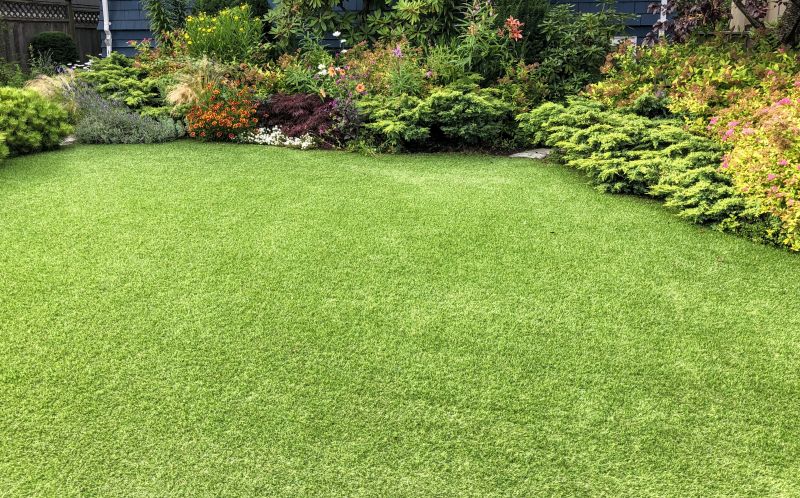
Image of early spring planting in a lush garden.
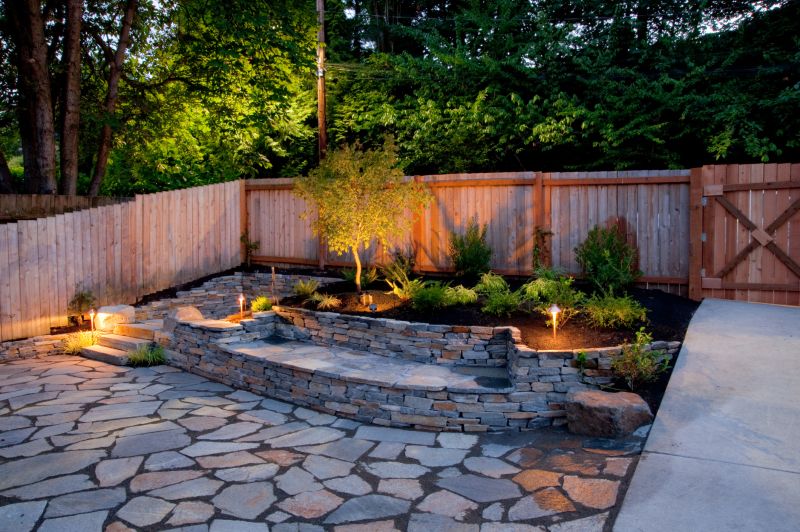
Image of a completed hardscape project in summer.
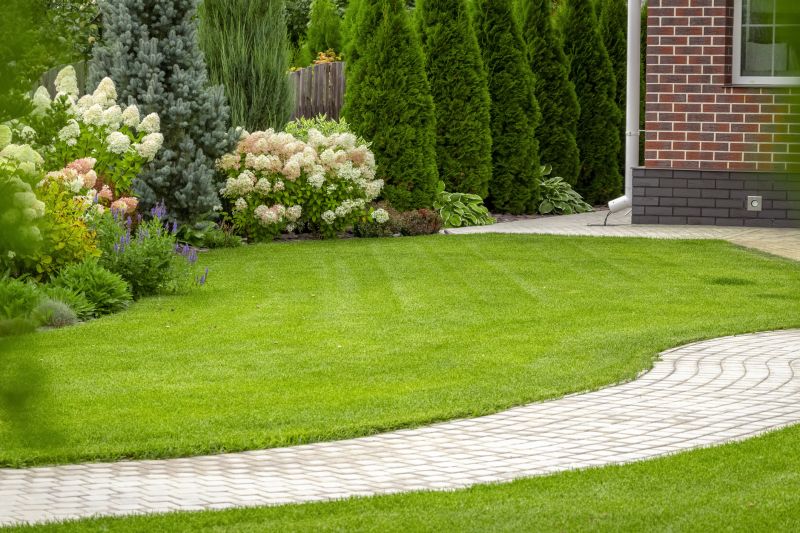
Image of autumn-colored trees and fall planting.

High-end options that actually feel worth it for Landscapings.
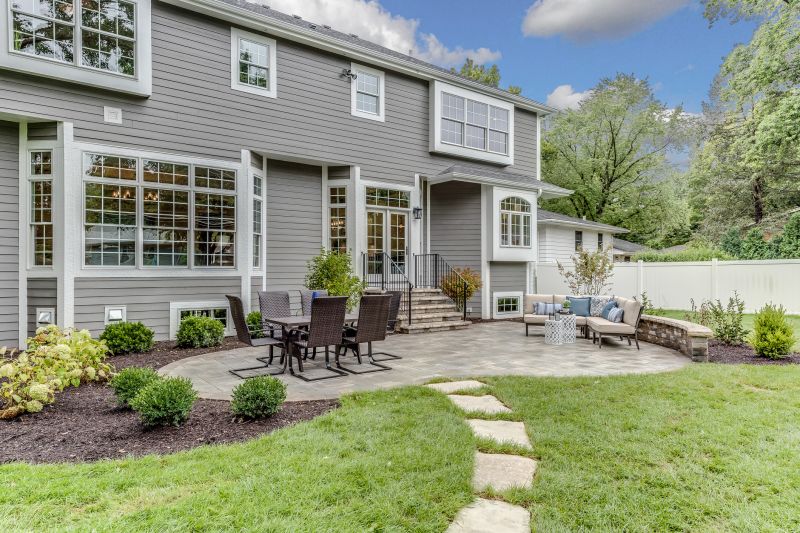
Finishes and colors that play nicely with Landscapings.

Little measurements that prevent headaches on Landscapings day.
Landscaping involves designing and modifying outdoor spaces to improve aesthetics, functionality, and environmental quality. Proper timing ensures plants adapt well and projects meet desired outcomes. Statistics show that landscaping can increase property value by up to 15 percent and enhance curb appeal significantly.
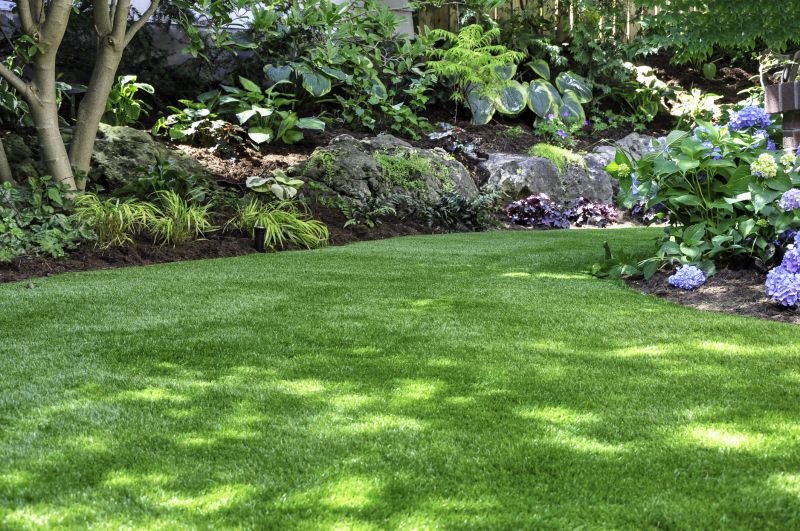
Image of a vibrant garden with diverse plantings.
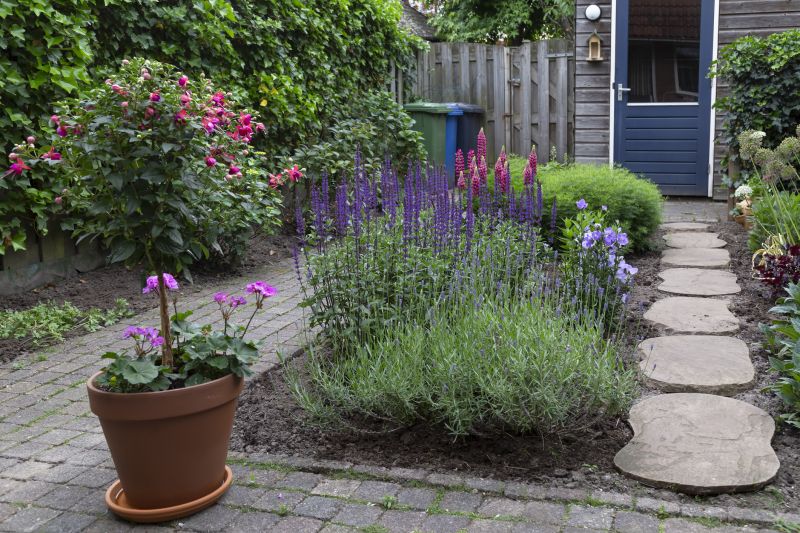
Image of a stone pathway in a landscaped yard.

Image of a decorative water feature in landscaping.

Image of newly planted trees in a residential yard.
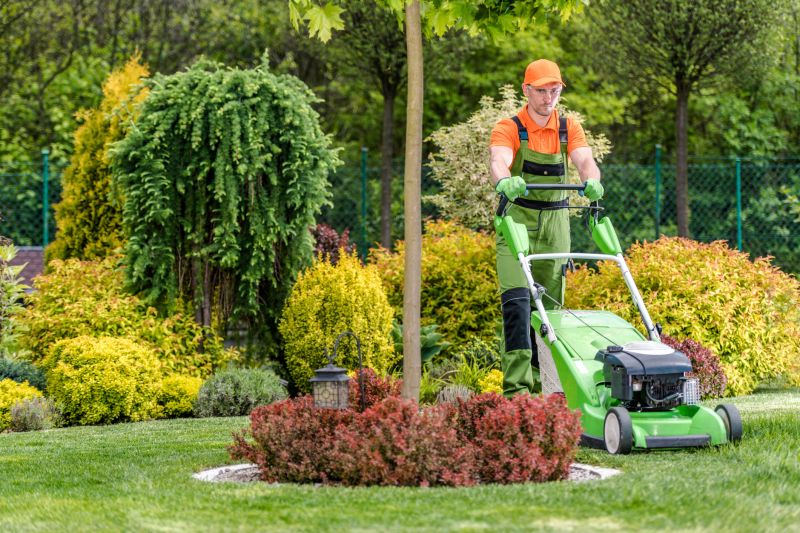
A 60-second routine that keeps Landscapings looking new.

A frequent mistake in Landscapings and how to dodge it.

Small tweaks to make Landscapings safer and easier to use.

Lower-waste or water-saving choices for Landscapings.
| Season | Best Activities |
|---|---|
| Spring | Planting new shrubs, flowers, and lawns |
| Summer | Hardscape installation, irrigation setup |
| Fall | Planting, soil preparation, and mulching |
| Winter | Hardscape work in milder climates |
Timing considerations vary based on plant types, local climate, and project scope. Consulting with landscaping professionals can optimize scheduling and ensure healthy growth and long-term success.
